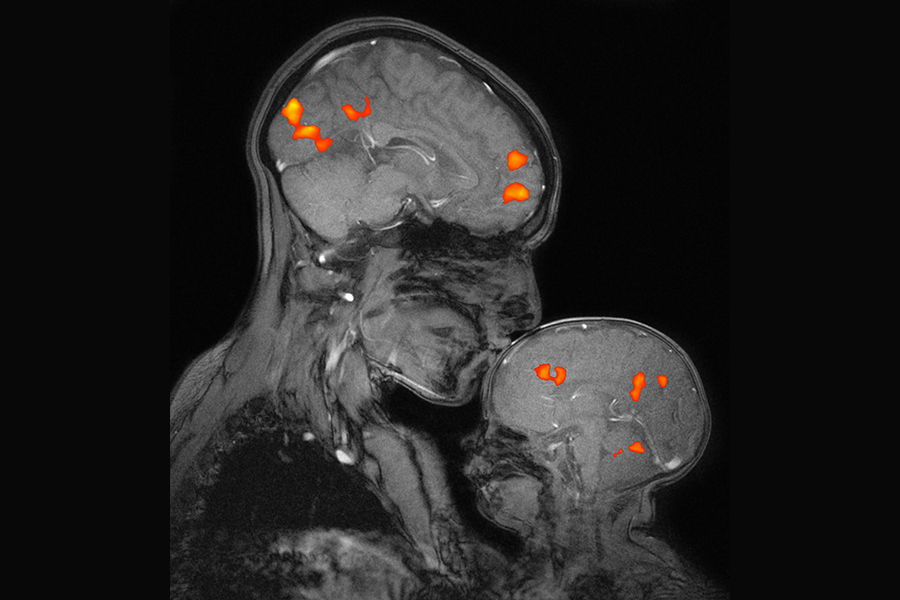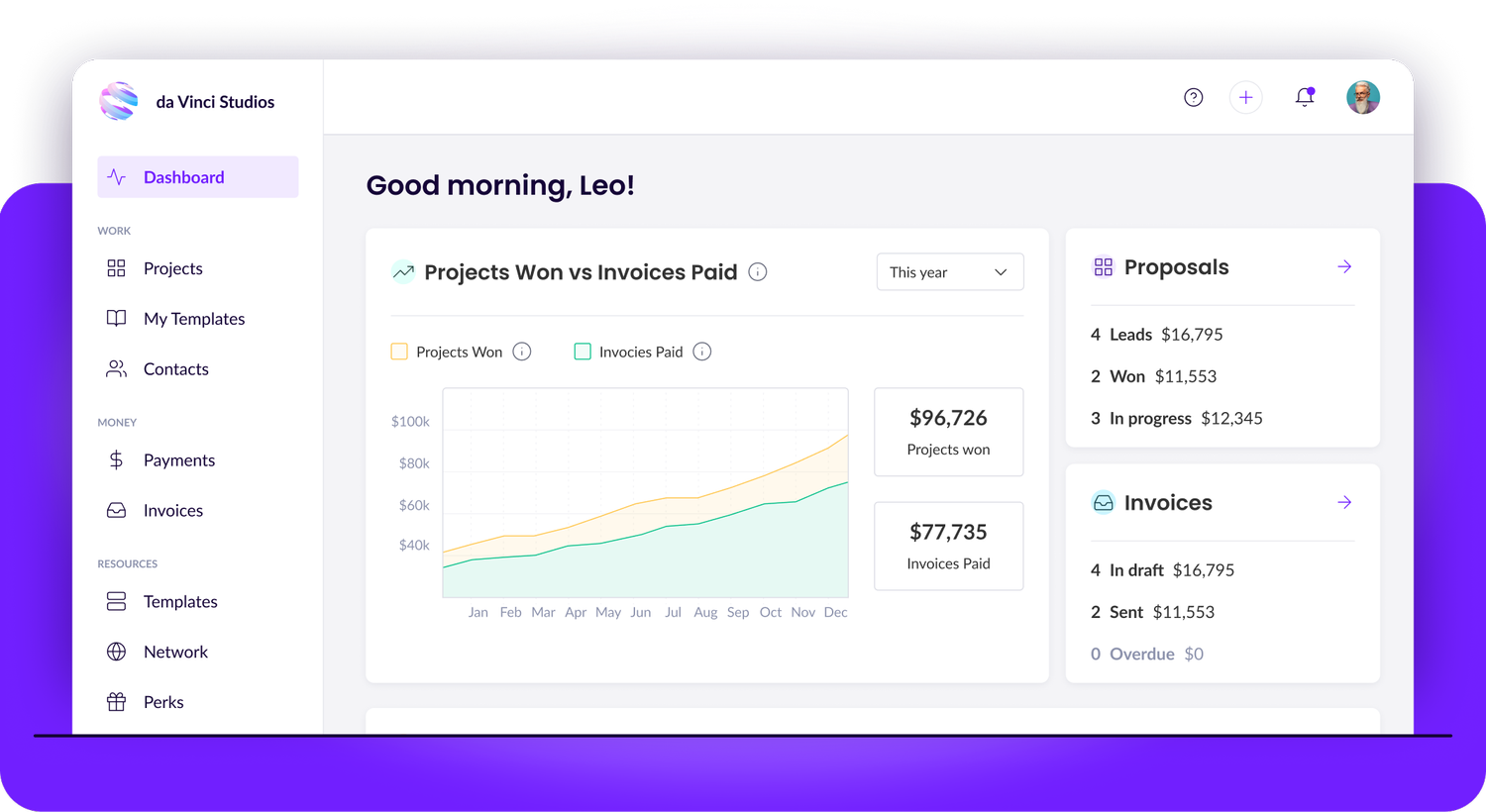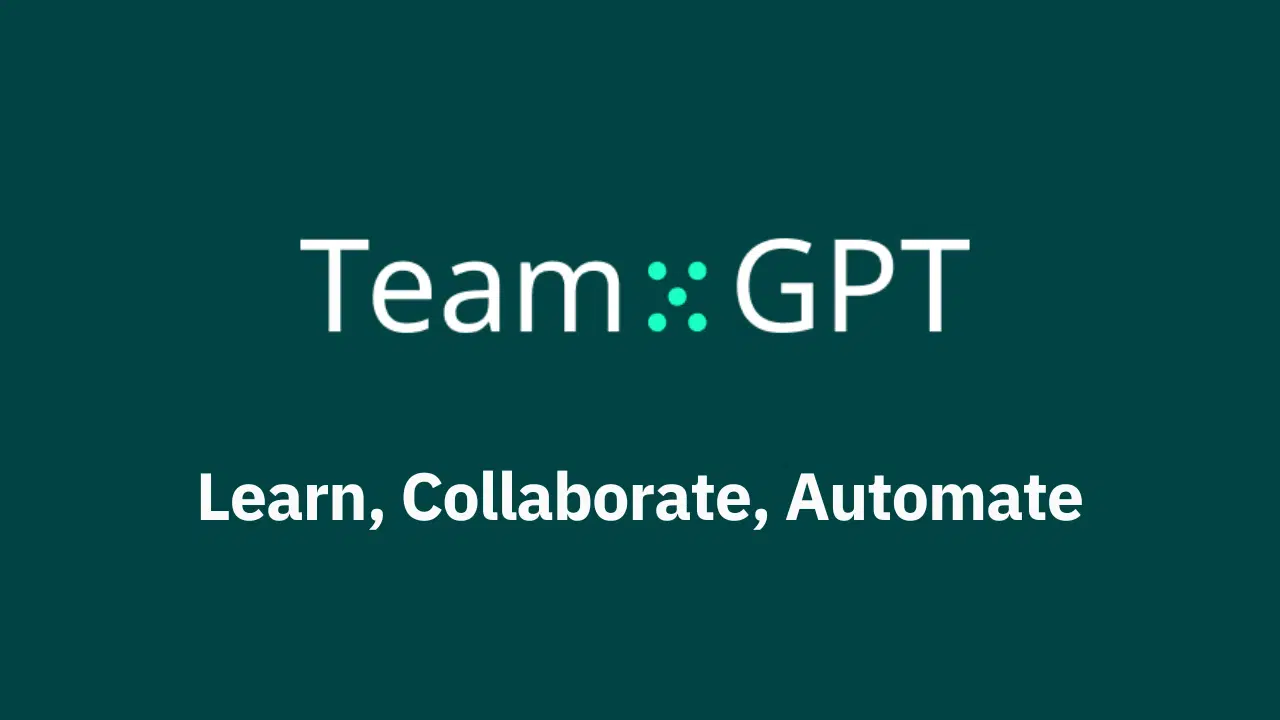Win a $50 Gift Card! 🎉
Subscribe now to enter our monthly lucky draw. Winner announced in 30 days.
Learn AI in 5 minutes a day.
Level up your AI knowledge with the latest news, clear explanations of why it matters, and practical tips for applying it to your work. Join a community of learners exploring the world of AI
Latest Newsletters
ALL NEWSLETTERS →Latest AI Articles
ALL Articles →
Model Context Protocol (MCP) vs Function Calling: A Deep Dive into AI Integration Architectures
Model Context Protocol (MCP) vs Function Calling: A Deep Dive into AI Integration Architectures
Read more
An In-Depth Guide to Firecrawl Playground: Exploring Scrape, Crawl, Map, and Extract Features for Smarter Web Data Extraction
An In-Depth Guide to Firecrawl Playground: Exploring Scrape, Crawl, Map, and Extract Features for Smarter Web Data Extraction
Read more
Meta AI Released the Perception Language Model (PLM): An Open and Reproducible Vision-Language Model to Tackle Challenging Visual Recognition Tasks
Meta AI Released the Perception Language Model (PLM): An Open and Reproducible Vision-Language Model to Tackle Challenging Visual Recognition Tasks
Read more
LLMs Can Now Learn to Try Again: Researchers from Menlo Introduce ReZero, a Reinforcement Learning Framework That Rewards Query Retrying to Improve Search-Based Reasoning in RAG Systems
LLMs Can Now Learn to Try Again: Researchers from Menlo Introduce ReZero, a Reinforcement Learning Framework That Rewards Query Retrying to Improve Search-Based Reasoning in RAG Systems
Read more
LLMs Can Now Solve Challenging Math Problems with Minimal Data: Researchers from UC Berkeley and Ai2 Unveil a Fine-Tuning Recipe That Unlocks Mathematical Reasoning Across Difficulty Levels
LLMs Can Now Solve Challenging Math Problems with Minimal Data: Researchers from UC Berkeley and Ai2 Unveil a Fine-Tuning Recipe That Unlocks Mathematical Reasoning Across Difficulty Levels
Read more
MIT’s McGovern Institute is shaping brain science and improving human lives on a global scale
A quarter century after its founding, the McGovern Institute at MIT reflects on its discoveries in the areas of basic neuroscience, neurotechnology, artificial intelligence, brain-body connections, and therapeutics.
Read moreTop AI Tools
10000+ AI Tools →
CopilotKit - Build Copilots 10x Faster
CopilotKit is the simplest way to integrate production-ready Copilots into any product.
Read more
Wethos | Proposals, Invoices, and Teammates All-In-One Place
Wethos is a trusted software platform that helps freelancers, creative studios and agencies create proposals, send invoices, and collaborate with teammates. Explore the new Wethos AI today.
Read morepromptmate.io: Build AI-Powered Apps (ChatGPT, Google, ...
Build AI Powered Apps to speed up your processes. Combine different AI Sytems, bulk processing for superior efficiency, and effectiveness.
Read more
Upscale Image for Stunning Visuals with AI | Enhance photos upto 4K Resolution
Upscale your images with our AI-powered upscaler. Increase resolution, improve quality, and restore old photos online!
Read more
Enterprise AI software for teams between 2 and 5,000 | Team-GPT
Team-GPT helps companies adopt ChatGPT for their work. Organize knowledge, collaborate, and master AI in one shared workspace. 100% private and secure.
Read more





